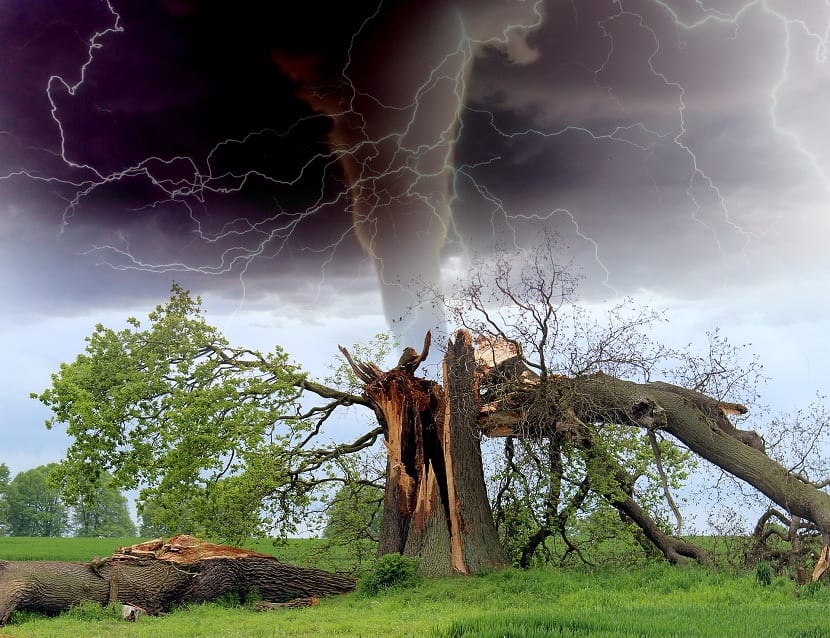
On our planet there are extreme weather events that have gone down in history. Torrential rains, tornadoes, hurricanes, tsunamis, etc. Nature never ceases to surprise us and show us the force and violence that it can have. Images of rain and natural catastrophes is what we are going to see today in this post.
If you want to know which have been the most extreme events that have occurred on the planet, keep reading 🙂
Extreme weather events
Extreme weather events are those that exceed the intensity with respect to normal. In other words, a hurricane with a very high category is considered an extreme meteorological phenomenon. When this happens, in general, misfortunes occur derived from the impacts they have on living beings. Further, seriously affect natural ecosystems and material goods.
Next we are going to see a list of the most extreme meteorological phenomena that have taken place on the planet.
Cold drop in the Levante in Spain
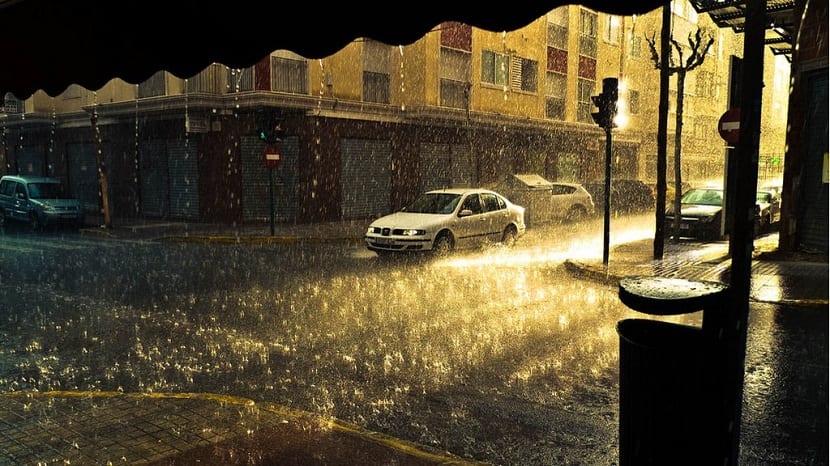
This situation occurred when a cold mass collided with easterly winds that were loaded with moisture over the Mediterranean. The Mediterranean was warmer in autumn, after accumulating all the heat from the high summer temperatures. Therefore, it took place one of the most devastating phenomena in our country.
There were torrential rains of this category, causing flooding in many places. Said rains were very localized and very persistent over time.
Tornado Alley in the United States
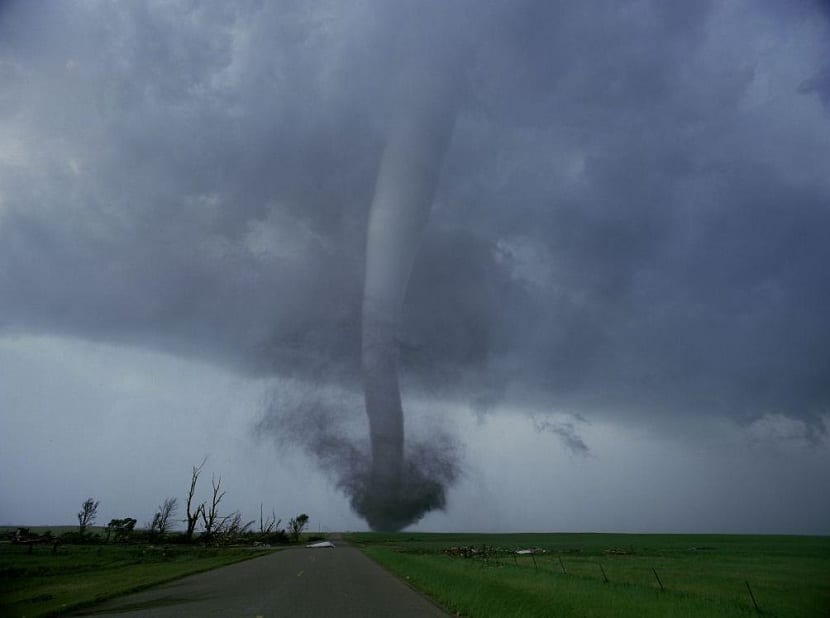
The United States is a geographic area where tornadoes occur frequently. These phenomena are capable of destroying everything in their path, but without damaging too much the structures that are located near it. Unlike a hurricane that devastates everything in sight, the radius of action of a tornado is smaller.
For those storm hunters who study them in depth, Tornado Alley was one of the most desired. It took place in counties of Texas, Oklahoma, Arkansas and other regions the Midwest. A tornado it usually only has a 2% death rate. However, every year there are many deaths at the cost of the damage it causes and its devastation.
The monsoon in India

India is an area where summer and spring monsoons abound. At the end of May, the air current called the jet that takes place in the upper layers of the atmosphere, comes from the west and is responsible for regulating the temperatures in the Ganges plains during the winter. This current collapses sharply at the end of May and moves south towards Bengal and then returns again. This causes heavy rains in the Himalayas and then to the West, spreading throughout the country.
This event could be classified as a cold drop, but the area it affects is much larger. The cold drops usually affect very specific places and, as they are persistent rains, they manage to cause serious floods with the consequent loss of material goods.
Driest place in the world, Atacama desert

On the podium of the hottest deserts on the planet, you will find Atacama desert. It is known that in deserts the precipitations are very little abundant and the temperatures very high during the day and very low during the night.
However, with only 0,1 mm of precipitation per year, is the Atacama desert. The climate of this desert is characterized by the strong solar radiation to which it is subjected and a nocturnal emission of infrared radiation from the surface. Due to these events, there is a large gap between day and night temperatures.
Due to the fact that the precipitations are too little, in this zone the development of vegetation is impossible.
Ice storms in the Great Lakes of the United States
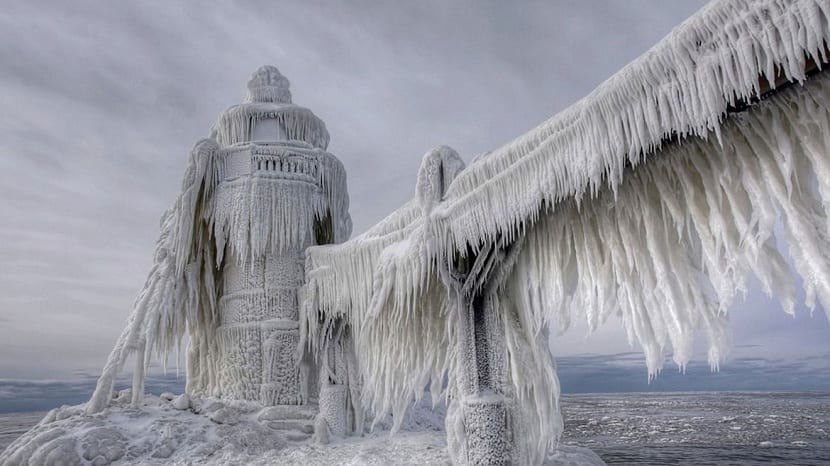
The strong winds that arrive with very low temperatures from the north are loaded with humidity as the Great Lakes pass. When they collide with the first coastline to the south, they cause one of the most dangerous phenomena on the planet, ice storms.
Imagine an air loaded with humidity, with a temperature so low that the water droplets found in the air mass are frozen. When these ice storms occur, infrastructures are seriously damaged, especially the electrical network cabling. The ice is depositing on the infrastructures and each time accumulating great weight. Power lines give way under the weight and severe power outages occur in many areas.
Most brutal hurricanes and typhoons
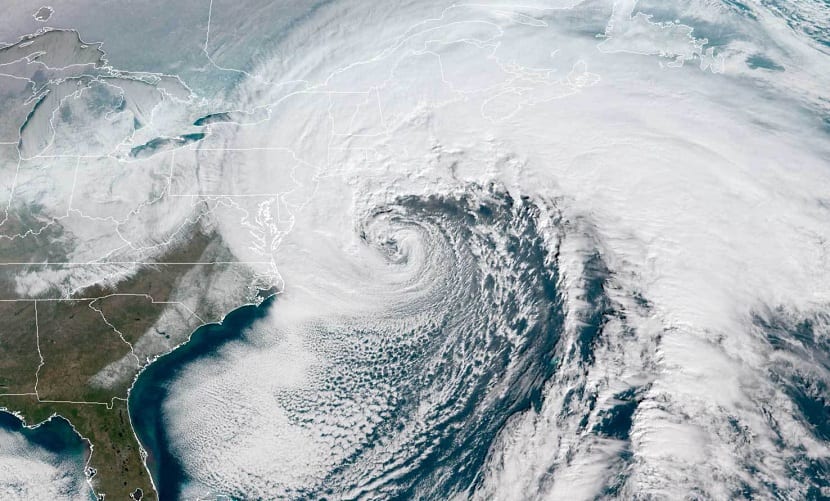
Hurricanes and typhoons are extreme events of nature and not because of its intensity, but because of its size and ability to cause damage. The best known hurricanes and typhoons so far are those that have occurred in the Gulf of Mexico, Cuba, Haiti, the Dominican Republic, Florida, Mexico, Central America, the United States, the Caribbean Sea and in Asia (Taiwan, Japan and China).
A hurricane can carry up to dozens of tornadoes, so its power to destroy is brutal. The most dangerous part of a hurricane is storm surge. That is, a gigantic column of marine water that is driven by the wind and is capable of flooding the coast when the hurricane enters the continent.
If the storm reaches land and the tide is low, the water level is capable of rising up to six meters near the coast, resulting in waves up to 18 meters high. Therefore, hurricanes are considered the most damaging extreme weather events.
Katabatic winds and icy cold
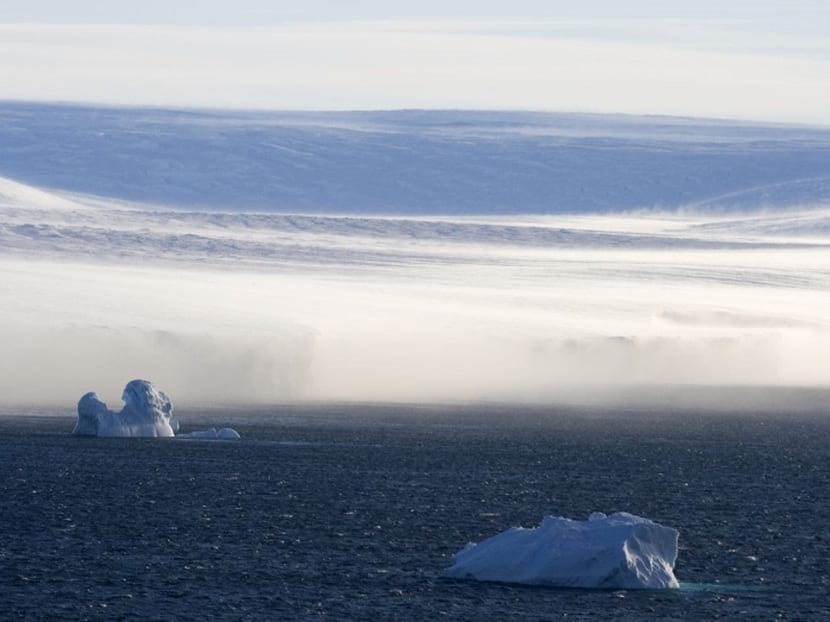
The coldest place on record in the world is Vostok. In this place there is an average temperature of -60 degrees and it reached register -89,3 degrees. Therefore, life cannot develop in this area. Katabatic winds are a phenomenon that occurs in the Antarctic climate. These are winds generated by the cooling of air masses when they come into contact with the ice. The winds are at ground level and are capable of reaching speeds of up to 150km / h and last for several days.
Sandstorm in the Sahara and the United States

Sand storms they are able to reduce visibility even more than fog. This makes transportation and travel impossible. The dust in a sandstorm travels thousands of kilometers and affects the growth of plankton in the western Atlantic Ocean, as it is a source of scarce minerals for plants.
I hope you have been surprised by the events that nature is capable of showing us. Therefore, it is necessary to know well where we are going, to know how to act in the face of this type of extreme events.
Good, good post, I really like natural phenomena, they are amazing. The bad part is its effects and consequences. For example, limonic eruptions tend to go unnoticed, they do not occur very frequently, but the suffocation it generates can kill thousands of people.
On my website I have an article aimed at these phenomena